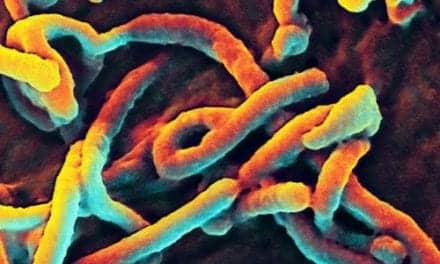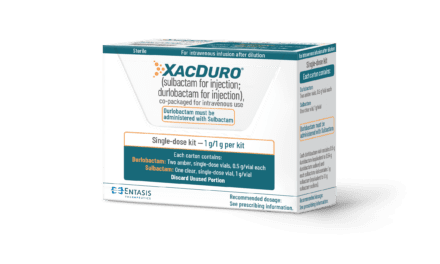An estimated 15.6% of at-risk patients requiring ICU intubation and mechanical ventilation are diagnosed with ventilator-associated pneumonia (VAP), and 4.1% diagnosed with Pseudomonas aeruginosa Ventilator Associated Pneumonia (Pa-VAP), according to new multinational epidemiological research from Washington University of School of Medicine in St. Louis that was announced by KaloBios Pharmaceuticals Inc.
Researchers conducted the study in more than 1,800 patients in over 50 intensive care units (ICUs) in the United States, Europe, Latin America and Asia-Pacific.
“We found that the risk factors and rates of VAP were similar across the regions studied and that patients who were found to be colonized with Pa after requiring more than 48 hours’ intubation and mechanical ventilation were at increased risk of developing Pa-VAP,” said Marin Kollef, MD, of the Washington University of School of Medicine.
“The frequency of Pa-VAP was higher in patients who had preceding Pa-positive surveillance cultures: 18% subsequently developed Pa-VAP compared with 4.1% in all patients enrolled in the study.”
Findings were presented as a poster entitled “Prospective Multinational Observational Study of the Incidence of Ventilator Associated Pneumonia” at the 43rd Critical Care Congress of the Society of Critical Care Medicine from January 9-13, 2014 in San Francisco.
The research was sponsored by Sanofi Pasteur, which is developing KB001-A, a KaloBios anti-PcrV monoclonal antibody (mAb) fragment against Pa for the prevention of Pa?VAP, in the intensive-care setting, according to the KaloBios news release announcing the research.
“These data confirm the importance of Pa as a significant cause of VAP, a condition that can significantly add to the length and cost of hospitalization as well as contribute to increased patient morbidity and mortality,” said Nestor A. Molfino, MD, MSc, KaloBios’ Chief Medical Officer.









